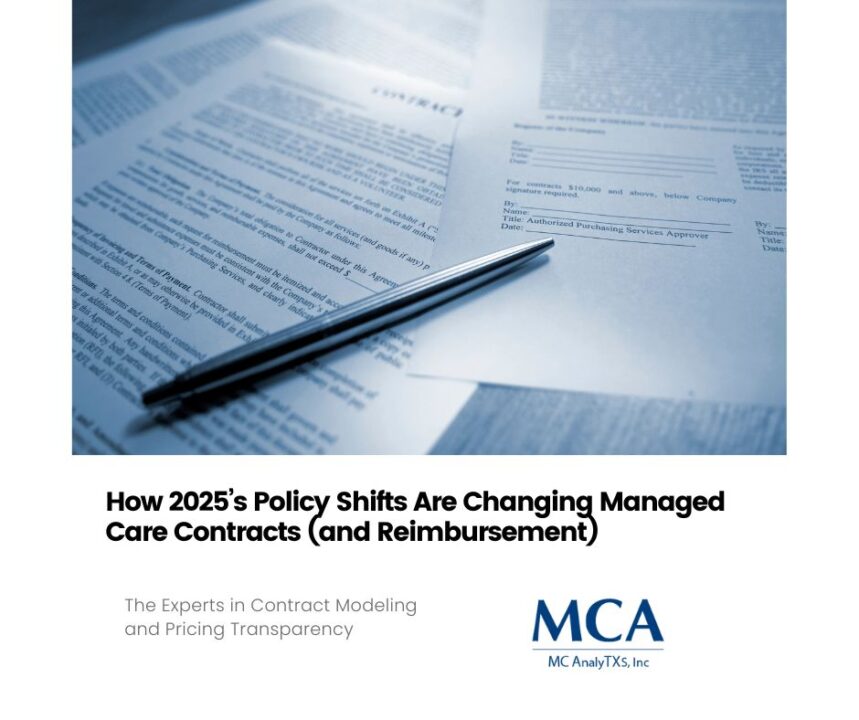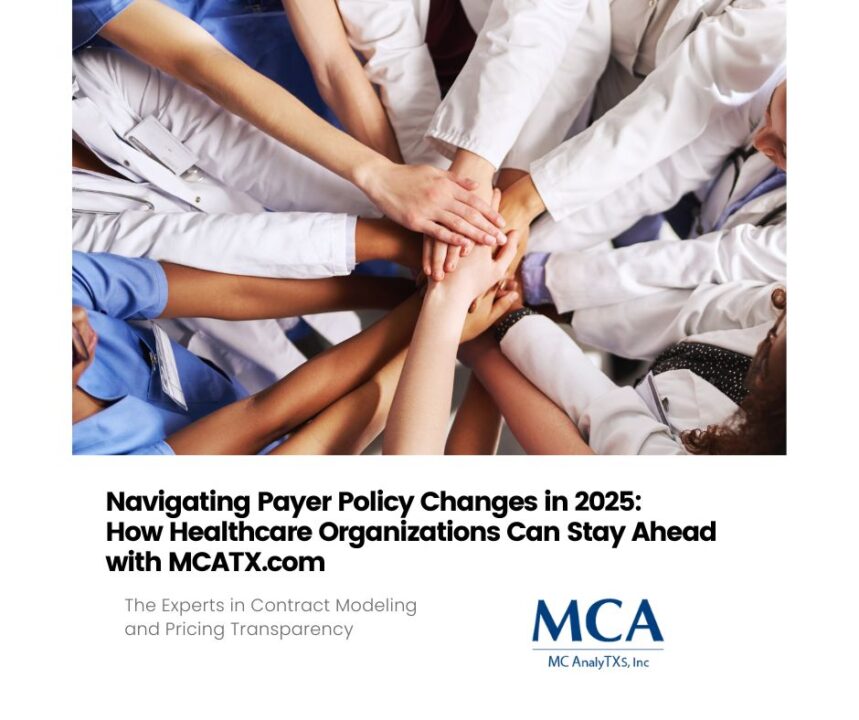
Tighten Your Payor Contracts for A Better Revenue Cycle Management
December 8, 2023
How a Strategic Partner Will Revolutionize Your Revenue Cycle Management (RCM)
December 13, 2023With healthcare costs on the rise, it has become increasingly important for patients and employers alike to have access to more affordable care options.
The good news is that The Lower Costs, More Transparency Act aims to improve price transparency and lower overall costs for both parties.
As a healthcare leader, it’s important to understand how this new law will affect your institution and what steps you can take to prepare for it.
In this article, we’ll be discussing the key aspects of The Lower Costs, More Transparency Act and how it will impact the healthcare industry.
The Lower Costs, More Transparency Act Explained
The Lower Costs, More Transparency Act, also known as the Lower Health Care Costs Act, was introduced in 2019 as part of a larger effort to reduce healthcare costs.
The bill is designed to improve transparency in healthcare pricing and create more competition among providers, which will ultimately lead to lower costs for patients and employers.
This law will impact a wide range of industries, including hospitals, insurance companies, pharmaceutical companies, and more.
Mandated Price Transparency for Hospitals
One of the most significant changes that The Lower Costs, More Transparency Act will bring is the requirement for hospitals to provide price transparency.
This means that hospitals will be required to post their rates for common procedures online, allowing patients to compare prices and make informed decisions about their care.
Additionally, hospitals will be required to disclose their negotiated prices with insurance companies, which will give patients a better understanding of their out-of-pocket costs.
Consolidation & Antitrust Enforcement
Another key aspect of The Lower Costs, More Transparency Act is its focus on consolidation and antitrust enforcement.
The law aims to prevent healthcare providers from engaging in anticompetitive practices, such as price fixing or monopolization, which can drive up costs for patients and limit access to care.
The bill includes several provisions that will increase antitrust enforcement in the healthcare industry, such as requiring healthcare providers to give notice of proposed mergers and acquisitions.
Prescription Drug Pricing
The Lower Costs, More Transparency Act also includes provisions to address the rising cost of prescription drugs.
The bill would require drug companies to disclose the prices of their prescription drugs in television ads, and would also create a cap on out-of-pocket costs for Medicare beneficiaries.
Additionally, the bill would give Medicare the power to negotiate drug prices with pharmaceutical companies, which has the potential to significantly reduce prices for consumers.
Next Steps for Healthcare Leaders
As the implementation of The Lower Costs, More Transparency Act draws closer, healthcare leaders must prepare for its impact.
This could include things like reevaluating provider contracts, updating price transparency policies, and ensuring compliance with new antitrust regulations.
It’s also important for these healthcare professionals to stay up-to-date on any new developments related to the law, including guidance from regulatory agencies and any legal challenges it may face.
Conclusion:
The Lower Costs, More Transparency Act represents a significant shift in the healthcare industry, one that could have far-reaching impacts on patients and providers alike.
As a healthcare leader, it’s important to understand the key aspects of this bill and how it will impact your institution.
By proactively preparing for the law’s implementation, you can help ensure that your organization is well-positioned to thrive in a more transparent and cost-effective healthcare landscape.
To learn more join our upcoming webinar on December 14th, at 1 pm CST





